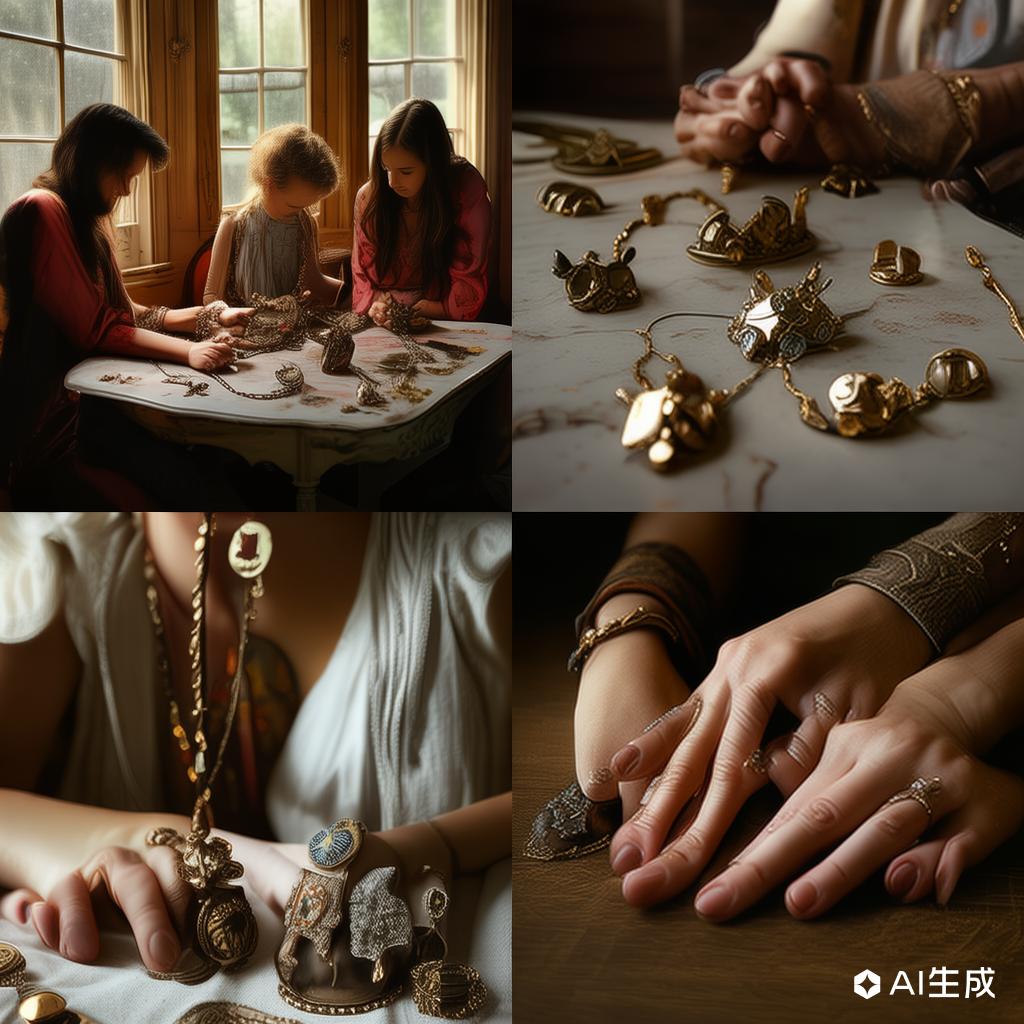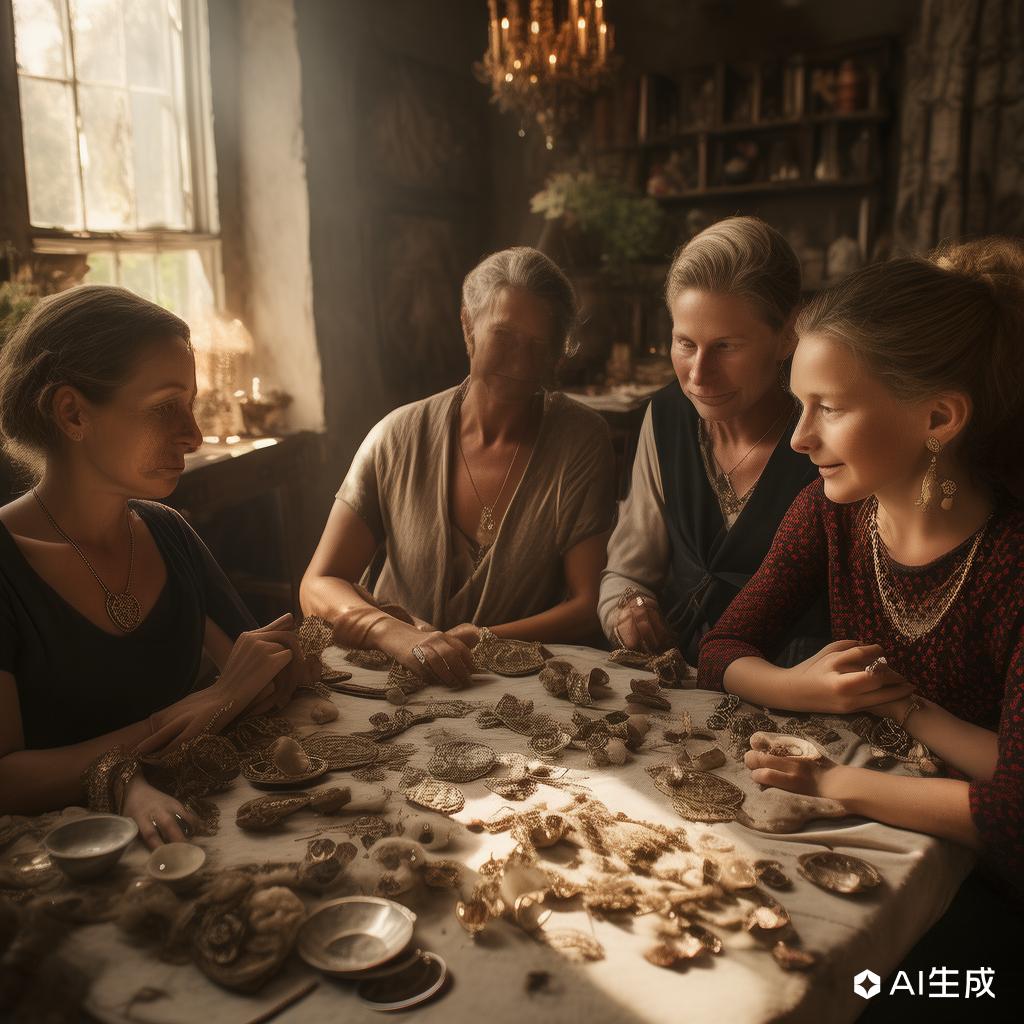The Timeless Legacy: How Jewelry Becomes a Carrier of Emotional Inheritance
Share


Jewelry has always been more than just an accessory; it is a tangible link to our past, a vessel that carries the emotions and stories of generations. The inheritance of emotions through jewelry is a profound and often overlooked aspect of our cultural heritage. This phenomenon transcends mere material value, delving into the realm of sentimental attachment and historical significance.
The concept of emotional inheritance through jewelry can be traced back to ancient civilizations. From the Egyptians who believed in the protective power of amulets to the Romans who adorned themselves with gemstones as symbols of status and power, jewelry has always held a deeper meaning. These pieces were not just decorative; they were imbued with the hopes, fears, and aspirations of their wearers.
In modern times, this tradition continues. A wedding ring, for instance, is not just a piece of metal; it represents a lifetime of love and commitment. A family heirloom passed down from grandmother to granddaughter is not merely a trinket; it is a bridge that connects the present to the past, carrying with it the stories and emotions of those who came before.
The emotional value of jewelry is often amplified by the circumstances under which it is given or received. A locket containing a lock of hair from a loved one, a bracelet given as a token of friendship, or a necklace worn during a significant life event—all these pieces hold memories that are cherished and passed down through generations.
Moreover, the craftsmanship and design of jewelry can also contribute to its emotional significance. Artisanal pieces, for example, are not just beautiful; they are a testament to the skill and creativity of the maker. Owning such a piece can evoke a sense of pride and connection to a broader cultural or artistic tradition.
The inheritance of emotions through jewelry is also a way of preserving family history. In an age where digital records can be easily lost or forgotten, physical objects like jewelry serve as enduring reminders of our roots. They are tangible pieces of our heritage that can be held, worn, and passed down, ensuring that the stories and emotions they carry are never forgotten.
In conclusion, the inheritance of emotions through jewelry is a powerful and enduring tradition. It is a testament to the human desire to connect with our past and to pass on our stories and emotions to future generations. Whether it is a simple pendant or an elaborate tiara, each piece of jewelry has the potential to become a cherished legacy, a carrier of emotional inheritance that transcends time.